hout17
Crush it REAL Good
Here's a great post by @Northern_Brewer in a Boddington's recipe thread on the cask ale.
Edit: fixed
Edit: fixed
Last edited:

Here's a great post by @Northern_Brewer in a Boddington's recipe thread on the cask ale.
Having trouble copying links (using the share link option on posts) to HBT threads after the upgrade. I got it fixed though on my original post.do i need to make a coment to managment about how your link to whatever post doesn't work after the late night 4/20 'upgrayedd'?
even if you mess about with nitro, it's just "different".
This is slightly off topic but seems the place to ask, I picked up a 4 pack of boddingtons because I've really wanted to try British bitters. The cans had a device in them that was supposed to help mimic cask ale, made the beer flat with a creamy head. Is this a good representation of cask ale or not. Also I really didn't care for it . Wondering if I should try something different.
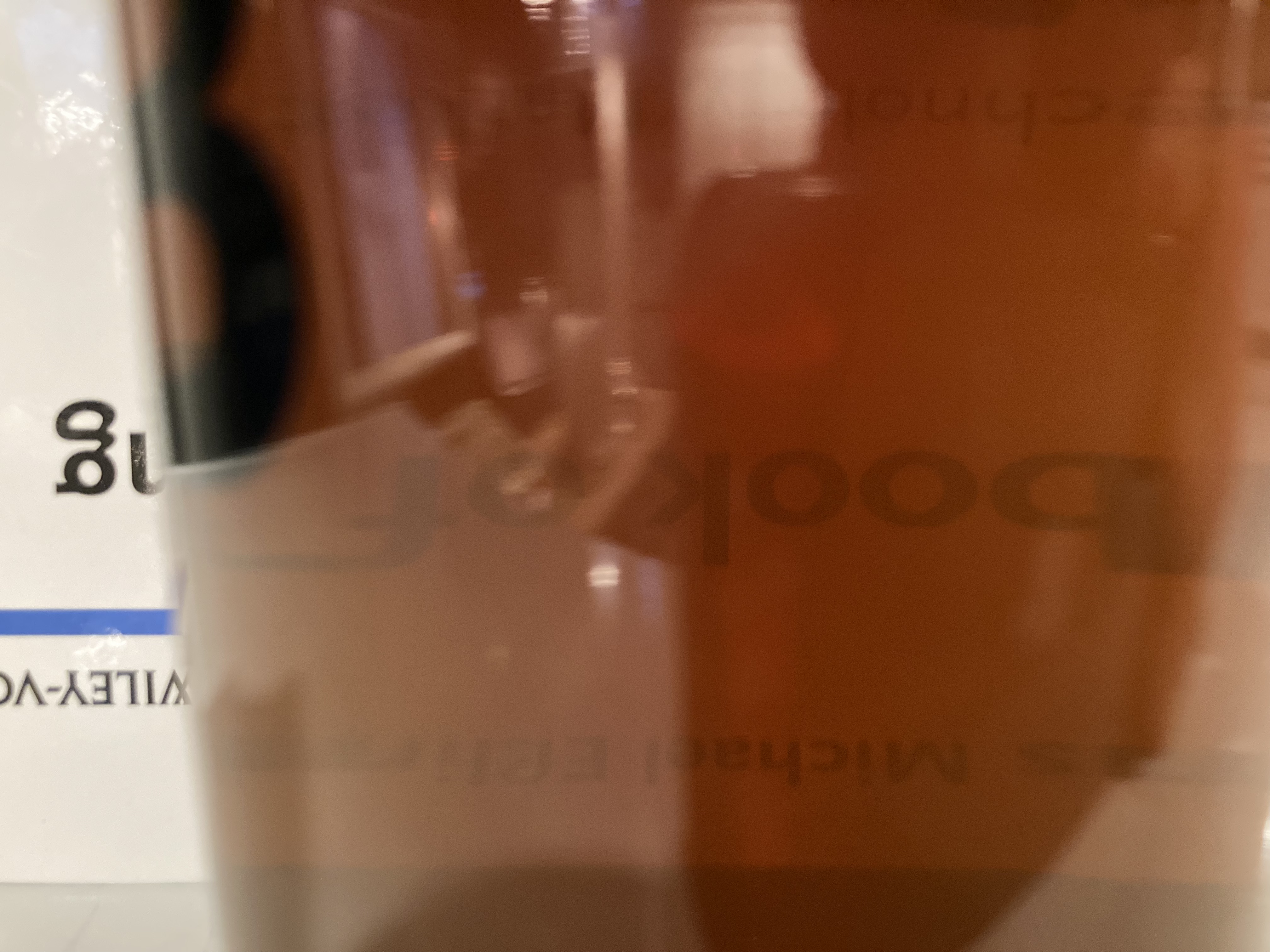










sounds like a nitro pour?
I prefer a more scenic view through my cask " beer glasses"
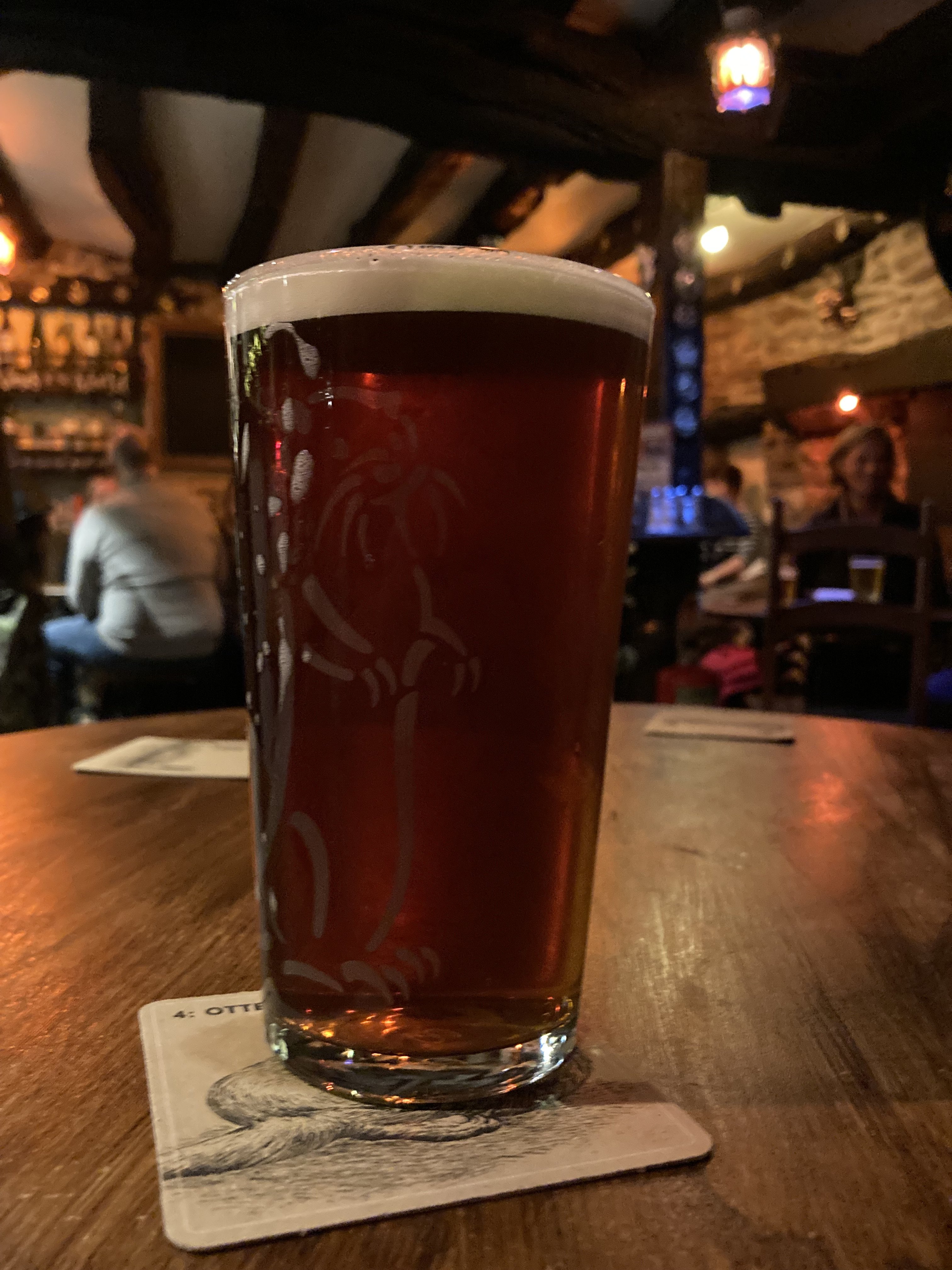

It also states that a sparkler on a swan neck works by the Bernoulli principle,
Not all sparklers put a northern head on the beer
is there something other then firwork type of burning sparkler
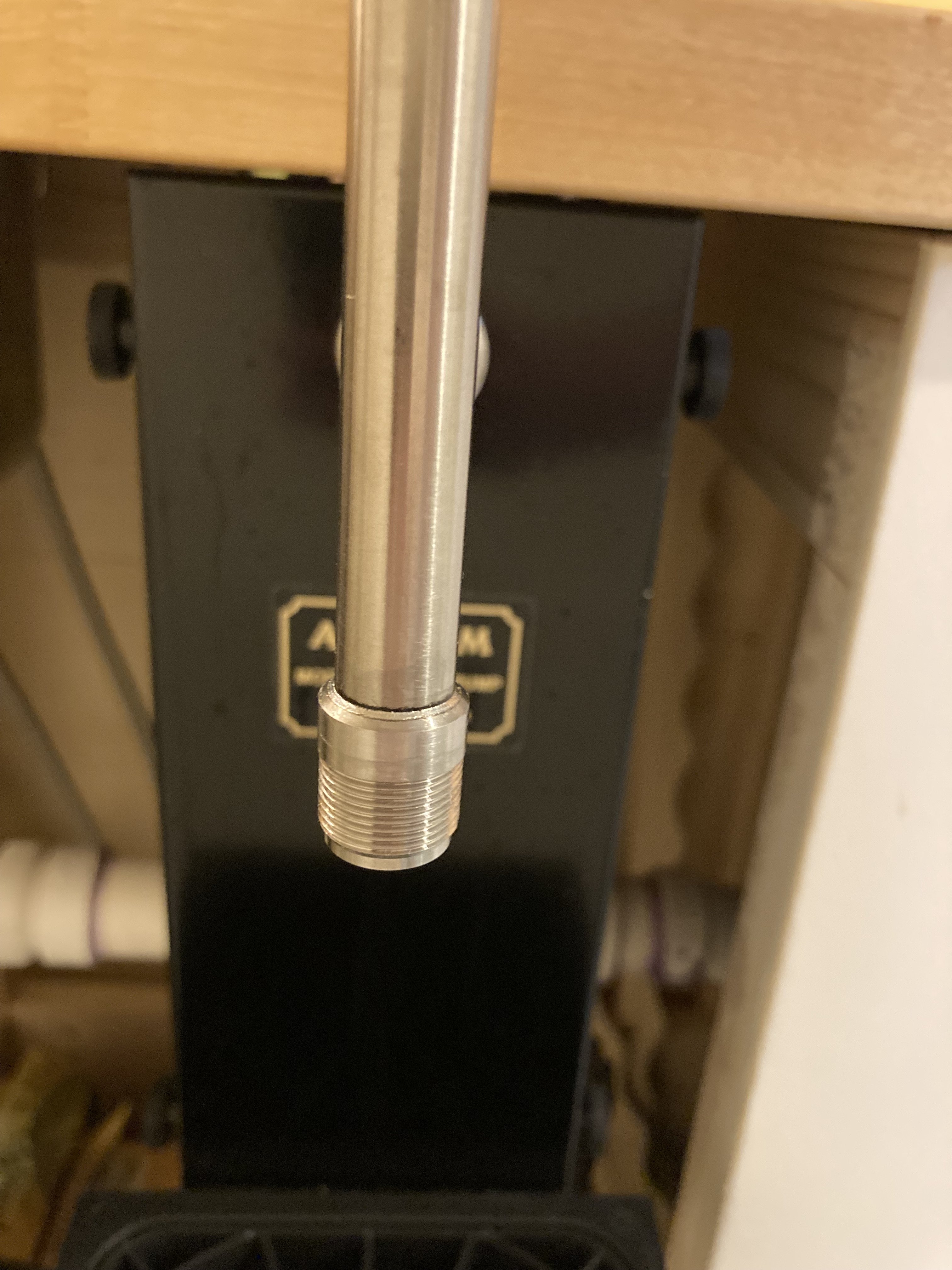

Thought that might poke you.
Have to say though when I have put a stout on the beer engine the stout sparkler does a wonderful job and no need for beer gas. I think it's my long term stout goal to get away from beer gas and just use an engine for stout. I'd have to use the swan neck engine for that and the southern spout engines for the real ale.
Yes, it's the little plastic thing that screws onto the dispense tube of a beer engine.
View attachment 767679View attachment 767680
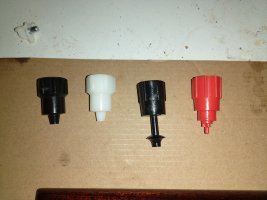
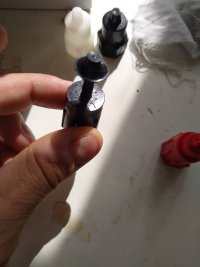
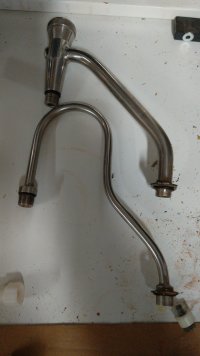
i so want to look into a RV shower head now, and under carb some beer....seriously...
You wouldn’t be the first! I’ve seen posts here where people have made a beer engine out of one of these:
so i'm assuming after the beer was done fermenting, i'd toss 1/2-1 cup of sugar in leave the PRV cracked open, and just pump the beer out? (i think i might have been drinking cask style a few times, and not realize it)
to be clear that's not a typo? and you didn't mean to say is-in-glass?Cask ale should be fined with isinglass so it’s clear,
now i'm really confused about is in glass!The nice thing about isinglass is that you can add it at the start of secondary
It's fish guts. Brewers call it isinglass so it doesn't sound gross.
Original or hand cooked are the ones you need.